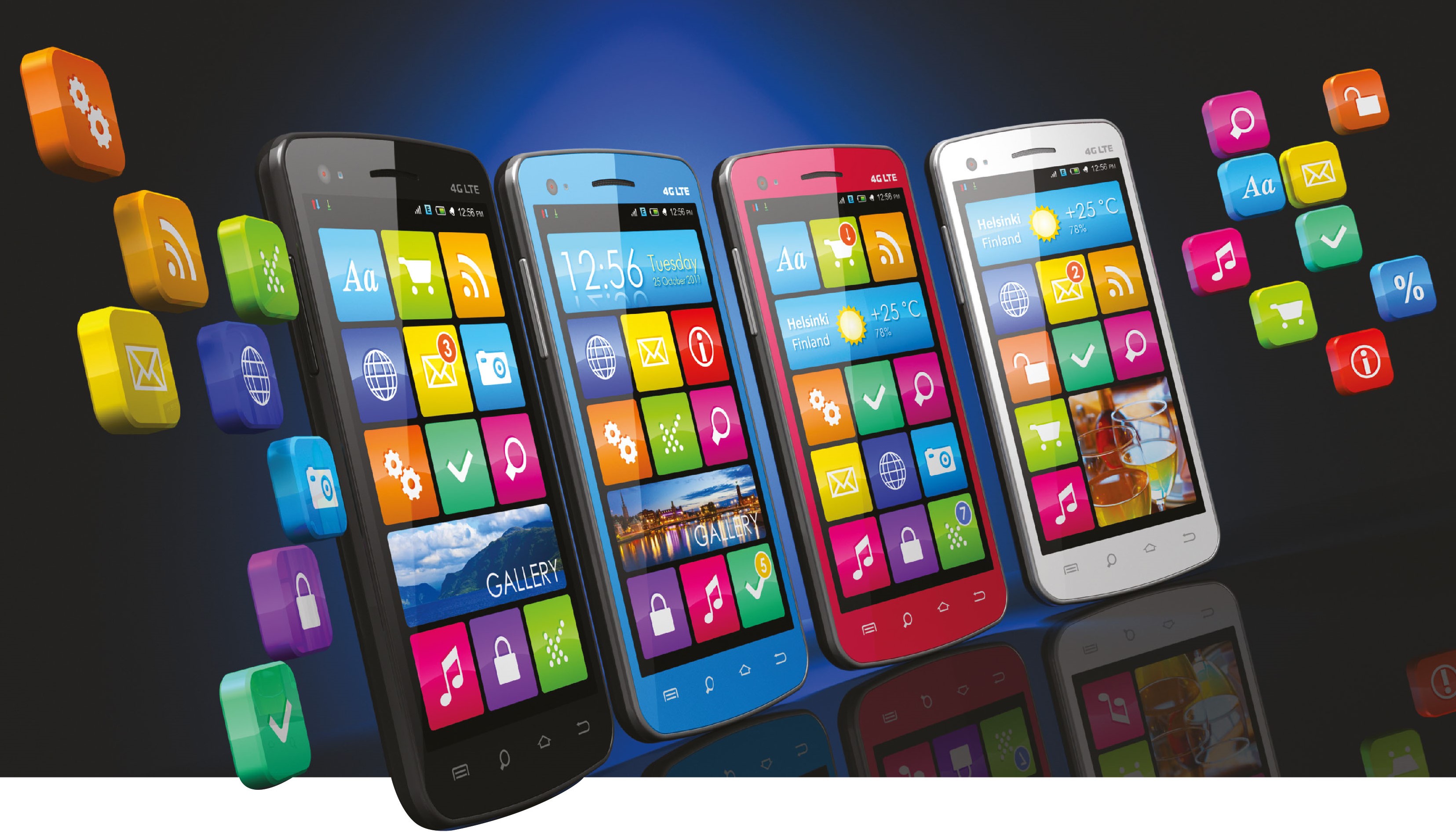THE NEW MEDIA
POLITICS OF SOCIAL MEDIA
Amantha Perera gets to the bottom of why social media has become socially attractive
Previously, when opening a discussion on the use of social media in Sri Lanka, I had a stock question. “How many of you are on Facebook?” I would ask in order to break the ice. It worked then and it works now… but with a slight change.
Today, I ask: “Is there anyone here who isn’t on Facebook?”
The answers I received at a recent discussion were typical: only one person from the roomful of participants was not on Facebook – and it wasn’t the 70-year-old retired schoolmaster or the middle-aged housewife; instead, it was a 19-year-old female who had discontinued her account because she wanted to pass her A-Levels. Everyone else was on social media.
Why? It’s easy, addictive and economical, after all.
Two retired men told me that even though they buy newspapers – yes, the hard copy versions from the newsstand – and watch news on TV, they’d also scan their Facebook news feeds for what wasn’t reported by mainstream media.
And therein lies the main attraction of social media.
Because of the lack of constraints and ease of use, anyone can post anything on it – even absolute rubbish!
This makes for a variety of choices in terms of diversity but also the reality that ‘anything goes’ on social media. Not only do details that are at best hearsay and at worst lies make it without any vetting, but so do images and videos of graphic or adult oriented content.
There are no serious penalties in Sri Lanka other than such accounts being taken down following public complaints. But by the time the complaints take effect, the damage has been done.
In January, WhatsApp restricted forwards of messages to five chats from the previous limit of 20. In June last year, it initiated the limit in India when mob related murders were linked to messages shared on the app. India is the largest market for WhatsApp – it accounts for around 200 million of its 1.5 billion worldwide users.
The company claimed that the limit “significantly reduced forwarded messages around the world.” However, a WhatsApp group can have anything under 256 members so potentially, any message can be forwarded to over 1,000 others on the same platform.
A little bit of skin and drama – more than what would be allowed on TV or in the newspapers – is what makes social media attractive to so many people.
There are Instagram accounts of Sri Lankan actors and actresses (many of whom seem to crave attention and allow the cameras to wander freely about their private lives) with follower numbers in six digits.
What has gained a lot of traction in Sri Lanka (especially in the vernacular) are the gossip sites. Even legacy media groups have morphed into gossip pages online. They play on the gossipy titbits that work well in the short attention span that social media permits.
But it’s not that hardcore news doesn’t make an appearance. It does; but not on ordinary days when
the country’s political machinations seem to meander. In that context, the 51 days between 26 October and 16 December were a watershed in social media usage.
In March last year, we witnessed the dangers of social media when Facebook, Messenger, WhatsApp and Viber were blocked by the government. What’s important to note here is that except for Facebook, the others are messaging platforms. The block was announced to contain the propagation of hate speech and coordinated mob attacks.
But it was in October that we saw the true impact of social media as an information machine. Research by Sanjana Hattotuwa has shown that during the 51 day period, Facebook posts by networks and newspapers – especially the former, in relation to the impasse on the issue of the prime minister – were shared extensively.
On two days at least, a single page recorded about 80,000 shares. Hattotuwa’s research (which is in the public domain) also shows the extent to which three electronic media groups dominated proceedings. One gained over three million likes on posts with hashtags linked to the impasse. However, print media houses – both state and private – lagged far behind.
What this shows is that the gossipy slant of the web portals used by these networks and the visual nature of their reporting is what attracts audiences.
Sri Lankan newspapers are yet to master the transition into digital reporting; more often than not, they simply replicate their print reportage on the web despite the huge digital potential their loyal offline customer base holds.
This year, we’re likely to see social media playing a key role in framing public tastes, discourse and attitudes. We will see politicians and parties using social media as a vector for support. Another possibility is the use of the same platforms to pump disinformation in an effort to manipulate public sentiment.
The lack of oversight and fact checking is going to be a key factor. Facebook is now employing a country contact point and content moderators for posts in Sinhala. But unlike in India where fact checking has increased exponentially in anticipation of the general election, Sri Lanka doesn’t have the capacity for fact checking by independent, competent and public third parties.
So be ready for lots of fakes but also some truly intriguing and eye-catching content interspersed with heaps of peephole material. And finally, don’t forget those memes because sometimes, they offer the best take on issues and are often hilarious!





